Masashi Kishimoto is the artist and author behind the shonen manga series Naruto. First published in Weekly Shōnen Jump in 1999, Naruto quickly became one of the most important and well-known series in the manga world. Over the years, Kishimoto has participated in interviews that offer some insight into the creation process.
We went through these interviews and collected some of the things we learned about Naruto from Kishimoto interviews. These include details about Kishimoto’s rivalry with One Piece creator Eiichiro Oda, when and how he decided that Naruto and Hinata would get together, how he decided to end the series and more. You don’t have to take our word for it, either – we have plenty of translated quotes from Kishimoto himself for your perusal.
1. There’s More To The World Than We See In The Series
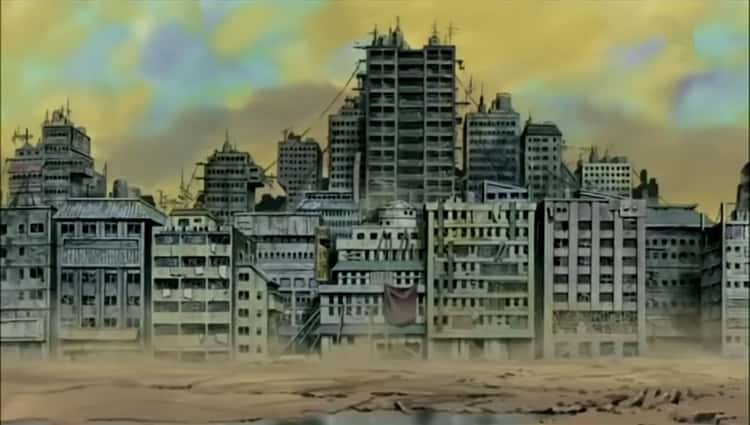
While Naruto does go beyond the village of Konoha, we don’t get to see much about what life is like for people who aren’t ninja, or what life is like in the smaller nations. But while the series may have a specific focus, there’s a lot going on outside the world of ninja. Kishimoto breaks it down in an interview with Shonen Jump US:
“The world outside of the ninja is pretty normal. People make their living by running businesses, et cetera. Konohagakure, the Village Hidden in the Leaves, is the military part of the country. Hinokuni, or the Land of the Fire, provides Konohagakure a place to live, and in return, the resident ninja protect the country as a whole, similar to a military force.
As for the government, the daimyo, or warlords, govern the lands and run the political system and the bureaucracy.
Each country has warlords at the top, and its military has its own leaders. In America, you have a president at the top, but you also have the military general at the top of the military. The states have more power than the ninja, but since the daimyo don’t cooperate with each other, I guess coup d’etats happen rather frequently. The world is not yet solid [laughs], but what you see in the story is not everything in the world of Naruto.”
2. Kishimoto Considered Writing The Story From Jiraiya’s Point Of View
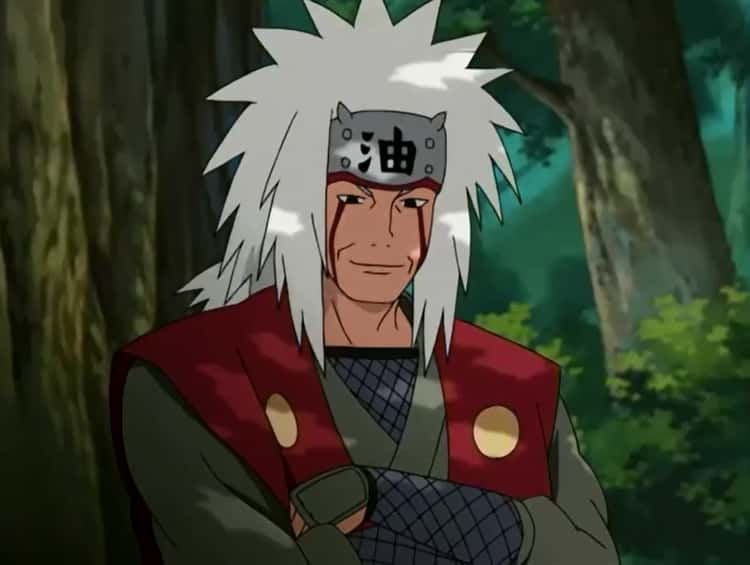
During an interview with NYCC, Kishimoto came up with a possible sequel from Jiraiya’s perspective. While there’s no guarantee he’ll ever create such a thing, it’s still cool to read about his ideas.
“This actually just came to me but, for example, if I were to draw the story from Jiraiya’s viewpoint, from what we’ve already seen of Jiraya he’s very… not so much arrogant, but overconfident, blusterous, and very, very skilled. But there was a time when he was still young, when he didn’t really know much and he was kind of dumb too. So it’d be interesting to show that contrast.
Also, Jiraiya grew up in a time when the jutsu that we know now in the current Naruto worldview had not been refined, or even developed in some cases. So I think it would be fun to show that gap. In fact, there’s a very famous TV series in Japan called Oshin. I’d forgotten this aspect of that show until now, but in the very beginning of Oshin, you see the woman as a very old woman, very rich, and all of a sudden it flashes back to when she was a kid and she was poor and destitute. It kind of triggers this thought in you, ‘Oh, how did she get there?’ That’s the kind of story I think would be fun to draw.”
3. Why Does Naruto Wear Orange?
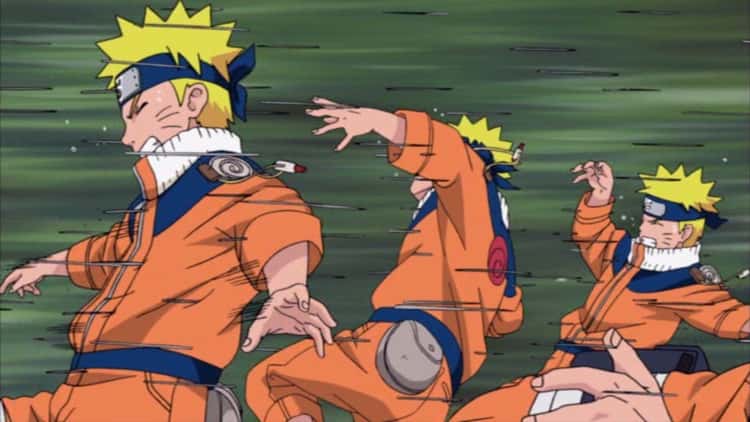
When most people think about ninja, they think about shadowy figures wearing all black. While real ninja from history wore ordinary clothes, there’s a clear image of what a ninja is like, and Naruto Uzumaki does not fit that image. When talking to Anime News Network, Kishimoto explained why:
“So of course, a realistic ninja is someone who wears all black with only the eyes visible, kind of lurks in the shadows, and they are assassins. That’s cool in its own way, but it’s not necessarily appropriate or really makes up for a shonen manga series. That kind of story, it would be a different genre. So I was thinking about what would be appropriate for not only a shonen manga series, but a Jump shonen manga series. I figured I wanted to take a polar opposite approach, and portray this character who wears orange.
It’s an orange jumpsuit, and Naruto goes ‘Hey, I’m here!’ Which is totally opposite of how a ninja should behave! It’s a paradox. But I figured, ‘Why not make this another type of real ninja?’ Of course, I had some hardcore ninja fans who were like, ‘Dude, get lost.’ (laughs) They were really upset because this is not how ninjas are supposed to be!”
4. Naruto’s Childhood Is Loosely Based On Kishimoto’s Own
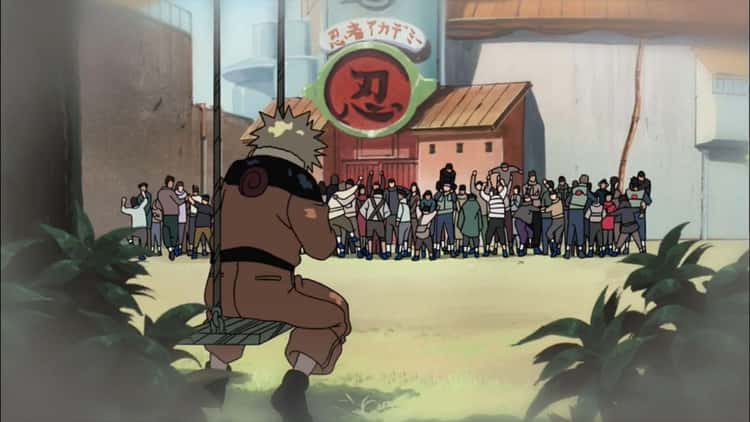
Where did Kishimoto get his ideas for his protagonist’s early life? According to an interview with Shonen Jump, he was inspired by some of his own childhood experiences.
“My childhood wasn’t all that happy. It may have sounded like it was all good in my journal entries in the manga volumes, but that was in order to make it interesting for the readers. Like any person, I’ve had hardships in my life. I was not the center of anyone’s attention in school, rather sitting on the outskirts. I didn’t do well in everything. I didn’t excel in studies nor sports. So I can understand Naruto’s feelings of being an underdog. I don’t really like people who are too perfect. [laughs]”
5. His Rival Is ‘One Piece’ Creator Eiichiro Oda
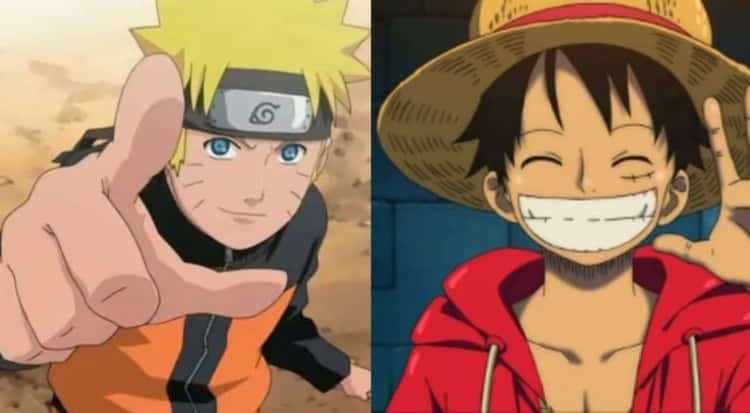
Masashi Kishimoto and Eiichiro Oda are both major figures in the world of shonen manga, with their most prominent works debuting in the late 90s. Because of this, they developed a friendly rivalry that pushed both of them to do their best work. Kishimoto went into detail about this during an interview with Anime News Network.
“One Piece debuted about a year earlier than Naruto did, even though we’re the same age. He beat me to it. I was very envious in the beginning and yet, at the same time, I wanted to not only be like him, but I wanted to surpass him. In some ways I feel like the reason Naruto was able to be published and was able to succeed was because of One Piece.
Perhaps we both kind of supported and bolstered each other over the years and lead to both of our successes because we had that rivalry. When one of us did something, the other one had to outdo the other, and that kept both series going.”
He provided some additional commentary at New York Comic Con that detailed how Naruto’s end might be influencing One Piece’s eventual conclusion:
“I would say my rival is One Piece’s creator, Eiichiro Oda. Honestly, it’s interesting because I was just saying that on my own in the beginning, and then finally in the back of Naruto Volume 72, Oda-sensei acknowledged the fact that he considers me his rival as well. That felt so gratifying.
Of course, both One Piece and Naruto ran together for so long and ran, even in Japan, in Shonen Jump together, that sometimes we’d meet up and be like, “I wonder how long our manga series are going to go on.” And then, One Piece kept going and going. So when I finally said, ‘Well, actually Naruto’s going to be concluding soon,” it kind of gave him the awareness, like ‘Ohhh, I guess One Piece may conclude sometime in the future too. It gave him awareness of an ending.”
6. He Faced Pressure To Continue The Series
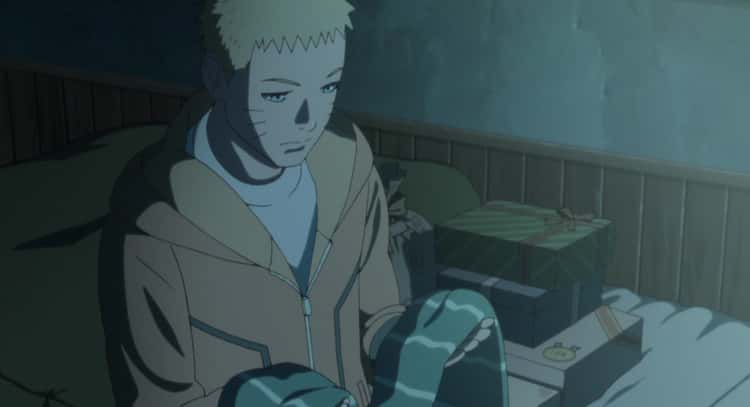
During an interview at a 2015 New York Comicon, Kishimoto revealed that his editors pressured him into continuing the series beyond its intended end-point.
“I would be lying if I said there wasn’t some pressure from management, the powers that be as they were, but I had a pretty clear idea of how I wanted the story to come to a close, so I had to put my foot down and say, ‘No, I’m sorry, this is it.'”
While Kishimoto did get to end Naruto, its sequel series Boruto would debut in 2016. Initially, Shueisha wanted Kishimoto to create the sequel himself. Kishimoto agreed to supervise and help with the initial concept but refused to head the project. Instead, his assistant Mikio Ikemoto took charge of the art, while Ukyō Kodachi, the writer of the Boruto film, handled the story.
In November 2020, Kishimoto took over Kodachi’s role and began writing Boruto himself, with Ikemoto continuing as the artist.
7. Naruto’s Relationship With His Son Mirrors Kishimoto’s Relationship With His Own Children
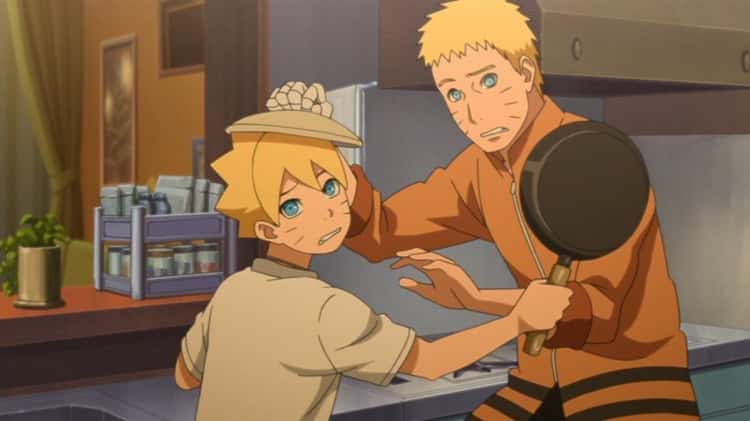
In Boruto, one of the central conflicts is the young protagonist’s relationship with his father. While Naruto loves his children, he’s often so busy with his job as the hokage that he’s not able to give them the time and attention they need. Boruto resents his father for not spending enough time with him, and he reacts by pulling away. Eventually, the two begin to reconcile, with Naruto putting more effort into spending time with his son, and Boruto understanding his father’s perspective. This is inspired by Kishimoto’s own relationship with his sons. He says:
“Naruto took up so much of my time that I didn’t really get to spend quality time with my kids. It’s only recently that they really accepted my presence. So I think I might have to wait until my children give me permission to work on my next series.”
8. Kishimoto Wanted ‘Naruto’ To Reflect The World At Large
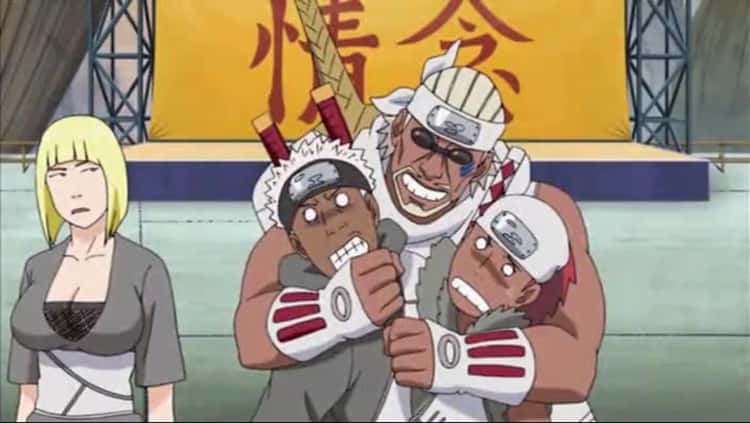
During his interview with New York Comic Con, Kishimoto was asked why he decided to create characters like Killer Bee who had darker skin. He said:
“When I started expanding on the world, especially through introducing other ninja villages, the very nature of doing that kind of forced me to widen the perspective. I wouldn’t say it was necessarily a deliberate decision, but I was definitely conscious of the fact that if I wanted to have my Naruto world reflect actual society more, then it might be easier for fans to accept, to see, other cultures or races as well. So while it wasn’t necessarily an outright deliberate decision, I think I was conscious of the fact that I wanted Naruto’s world to reflect, at least a little bit, the world at large.”
When the interviewer mentioned that many Black and Latino fans were excited by characters they felt represented by, Kishimoto smiled widely and said:
“That makes me happy to hear that as well!”
9. He Knew How The Story Would End In 2006
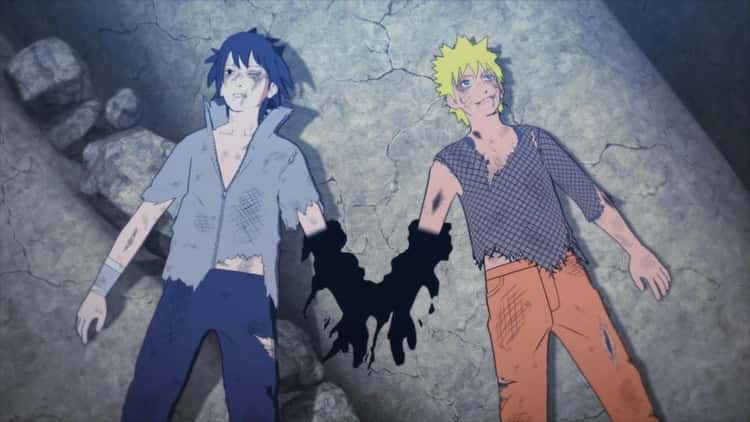
According to an interview with Shonen Jump, Kishimoto knew how Naruto would end as early as 2006. Considering how complex the plot is, that’s truly impressive. Kishimoto says:
“Yes, I have the last episode clearly drawn in my mind. I’ve already decided on the layout, text, and scenes. Not just the story ideas, but the visual ideas are solid.
All I have to do is just head toward the ending I have, but there are still so many things that need to be resolved before reaching that point. Maybe I have thrown in too many ideas, so I need to wrap them up neatly.”
